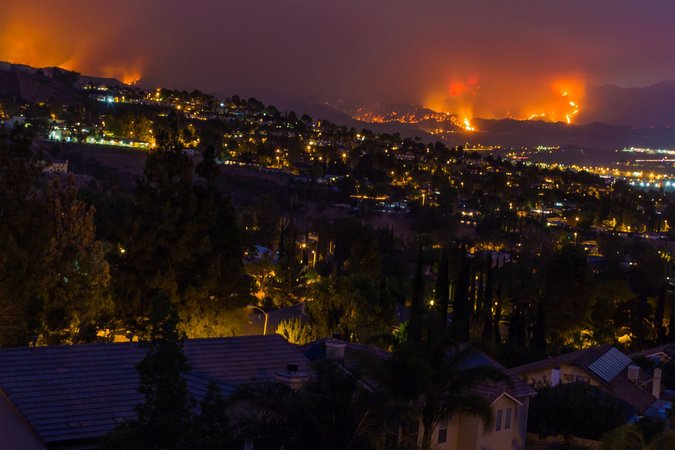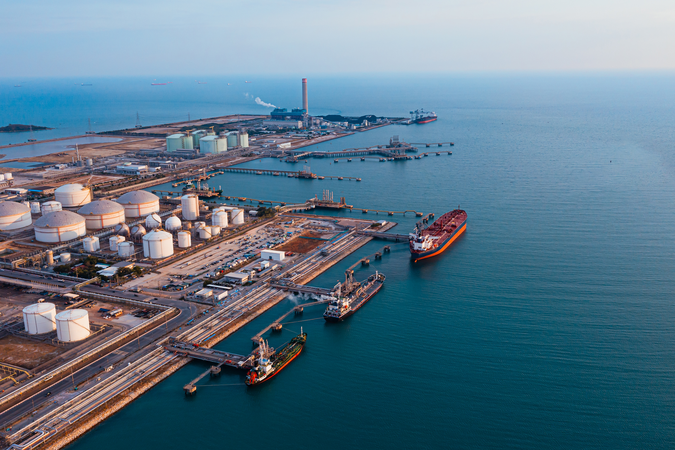Managing Risk through Liability, Regulation, and Innovation: Organizational Design for Spill Containment in Deepwater Drilling Operations
View Journal ArticleThe Deepwater Horizon oil spill in the Gulf of Mexico in April 2010 led to the deaths of 11 workers, a six-month moratorium on deepwater drilling in the Gulf, and nearly three months of massive engineering and logistics efforts to stop the spill. The series of failures before the well was finally capped and the spill contained revealed an inability to deal effectively with a well in deepwater and ultradeepwater. Ensuring that containment capabilities are adequate for drilling operations at these depths is therefore a salient challenge for government and industry. In this paper we assess the Marine Well Containment Company (MWCC), a consortium aimed at designing and building a system capable ofcontaining future deepwater spills in the Gulf. We also consider alternatives for long-term readiness for deepwater spill containment. We focus on the roles of liability and regulation as determinants of readiness and the adequacy of incentives for technological innovation in oil spill containment technology to keep pace with advances in deepwater drilling capability. Liability and regulation can significantly influence the strength of these incentives. In addition, we discuss appropriate governance structure as a major determinant of the effectiveness of MWCC.
The April 2010 Deepwater Horizon oil spill in the Gulf of Mexico led to the deaths of 11 workers, a six-month moratorium on deepwater drilling in the Gulf, and nearly three months of massive engineering and logistical efforts to stop the spill. Industry and government were unprepared to contain the blowout. In response, the major oil companies have committed $1 billion and laid plans to form the Marine Well Containment Company (MWCC), a consortium aimed at designing and building a system capable of containing future deepwater spills in the Gulf. The Bureau of Ocean Energy Management, Regulation and Enforcement (BOEMRE) announced a plan to require offshore lease operators to demonstrate adequate containment capability.
Are these actions adequate preparation for the next deepwater spill? For example, the planned MWCC technology would not have contained the 1979 Ixtoc I spill. Can the industry expand the reach of containment capability to deal with a spill of this type or other, new failure scenarios? How can we effectively put in place and evaluate trained personnel, operating procedures, and other factors that were shown to be necessary after the Deepwater Horizon spill? How can containment keep up with continued technological advances in drilling technologies at ever greater depths? MWCC, other industry proposals, and regulators’ moves to date do not answer these questions
While the MWCC is a positive step, an important policy question is whether industry and government efforts will adequately serve the public interest in ensuring that future drilling takes place in the context of appropriate containment readiness.
A new RFF discussion paper, “Organizational Design for Spill Containment in Deepwater Drilling Operations in the Gulf of Mexico: Assessment of the Marine Well Containment Company (MWCC),” by Robert Anderson, Mark A. Cohen, Molly K. Macauley, Nathan Richardson, and Adam Stern, identifies factors that influence long-term readiness for deepwater spill containment and assesses the plans for the MWCC. Recommendations include:
- Assess whether current liability and regulation provide adequate incentives to invest in containment, and whether they will after changes going forward.
- Provide immediate and ongoing third-party expert technical review of industry efforts.
- Undertake quantitative, state-of-the-art risk assessment.
- Conduct “war game” scenarios to test the proposed rapid response.
- Establish a center of excellence or other academically based research on state-of-the art innovation in deepwater and ultradeepwater containment and response technology.
In addition, the authors conclude with a series of recommendations that focus on the mission and governance structure of the MWCC—with the goal of increasing its transparency and responsiveness to the public interest.
Find more oil and gas, risk, and governance research and analysis from RFF here.
Authors

Robert Anderson

Adam Stern






